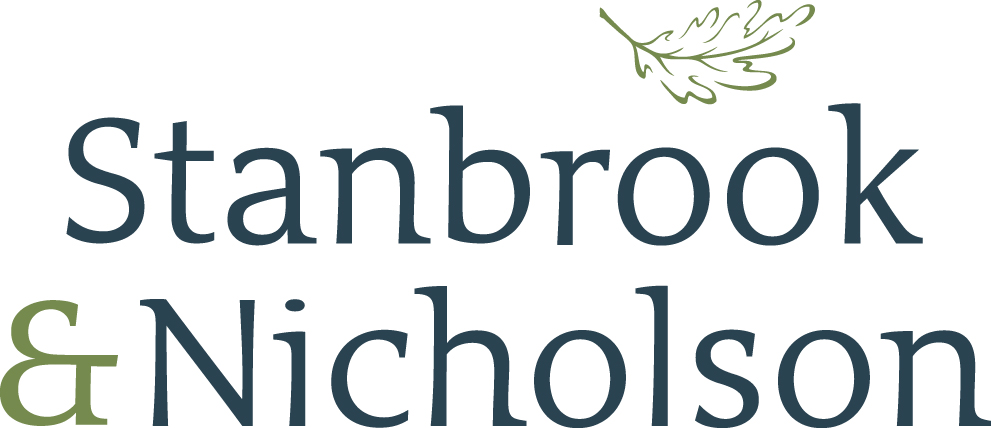Choosing the right windows for your property often boils down to choosing between heritage windows and modern alternatives. Each option brings its own set of advantages and challenges, and understanding these can make a significant difference in preserving your home’s character and efficiency. At Stanbrook & Nicholson, we specialise in bespoke joinery solutions, including heritage windows that stay true to the timeless elegance of period properties. But how do these compare to modern options? Let’s explore.
The Benefits of Heritage Windows
-
Aesthetic Harmony
Heritage windows are crafted to maintain the architectural integrity of period properties. Whether you own a Georgian, Victorian, or Edwardian home, these windows are designed to replicate the original styles and details that define your property’s character. At Stanbrook & Nicholson, our heritage windows are bespoke, ensuring that every curve, line, and pane complements the historical essence of your building.
-
Preservation of Property Value
Maintaining the original appearance is crucial for listed buildings or homes in conservation areas, not just for aesthetic reasons but also for preserving property value. Authentic heritage windows often meet the stringent requirements of conservation officers and heritage bodies, helping to safeguard your home’s historical significance and market value.
-
Craftsmanship and Quality
Heritage windows are often handcrafted using traditional techniques and high-quality materials, offering longevity that modern mass-produced windows may need help to match. Our team at Stanbrook & Nicholson prides itself on using time-honoured joinery methods that ensure each window is a functional element and a piece of art.
The Drawbacks of Heritage Windows
-
Cost
The bespoke nature of heritage windows often comes with a higher price tag compared to modern, off-the-shelf alternatives. The meticulous craftsmanship, use of premium materials, and the need for custom fitting all contribute to this cost. However, many homeowners find the investment worthwhile for the added aesthetic and property value.
-
Energy Efficiency Challenges
While heritage windows can be fitted with modern glazing techniques to improve energy efficiency, they may only sometimes match the performance of contemporary triple-glazed windows. The challenge lies in balancing historical accuracy with modern efficiency standards. However, we offer solutions like slimline double glazing that help bridge this gap without compromising the window’s appearance.
-
Maintenance Requirements
Heritage windows, particularly those made from timber, often require more maintenance than modern uPVC or aluminium alternatives. Regular painting or varnishing is necessary to protect the wood from the elements. At Stanbrook & Nicholson, we use high-quality, durable finishes that reduce maintenance frequency, but some upkeep will always be necessary to retain their beauty and functionality.
The Benefits of Modern Windows
-
Superior Energy Efficiency
Modern windows are designed with energy efficiency at their core, often featuring advanced materials like uPVC, aluminium, and high-performance glass. Triple glazing, insulated frames, and weather-resistant seals help minimise heat loss, making them an excellent choice for homeowners looking to reduce energy bills and carbon footprints.
-
Lower Maintenance
Unlike timber heritage windows, modern options such as uPVC require minimal maintenance. They are resistant to rot, warping, and peeling, making them ideal for homeowners who prefer a low-maintenance solution. The durability of modern materials means that once installed, these windows often only require occasional cleaning.
-
Cost-Effectiveness
Modern windows are more cost-effective, especially when considering initial installation and long-term energy savings. Mass-produced options allow for competitive pricing, making them accessible to a broader range of budgets.
The Drawbacks of Modern Windows
-
Aesthetic Mismatch
One of the primary drawbacks of modern windows is that they often lack the character and charm necessary for period properties. Even with advancements in design, modern windows can appear out of place in heritage settings, potentially detracting from your home’s overall appearance and value.
-
Potential Impact on Property Value
For those owning listed buildings or properties in conservation areas, installing modern windows can lead to challenges with planning permission and may even reduce the property’s value. In such cases, losing historical authenticity can be a significant drawback.
-
Environmental Impact
While modern windows are energy-efficient, the production process of materials like uPVC can be less environmentally friendly than traditional timber. For environmentally conscious homeowners, this is an important consideration.
Conclusion: The Right Choice for Your Home
Ultimately, the choice between heritage windows and modern alternatives depends on your property’s needs, personal preferences, and long-term goals. Heritage windows are the ideal choice for homeowners looking to preserve their property’s historical integrity and value. While they may require a larger upfront investment and ongoing maintenance, their timeless beauty and craftsmanship are unmatched.
On the other hand, if energy efficiency, low maintenance, and cost-effectiveness are your priorities, modern windows could be the better option. However, at Stanbrook & Nicholson, we believe that with the right approach, it is possible to achieve a balance—modern performance with heritage aesthetics—ensuring your home remains beautiful and efficient.
If you’re considering new windows for your property, why not contact us at Stanbrook & Nicholson? Our team of experts is here to guide you through the options and help you make a choice that enhances your home’s beauty, value, and comfort.




